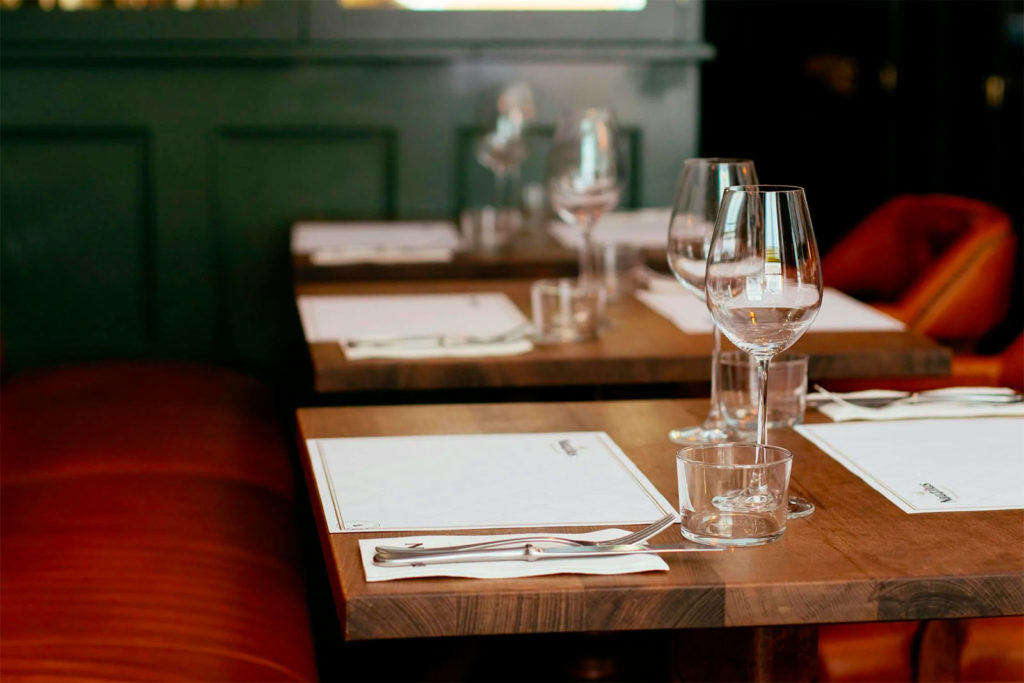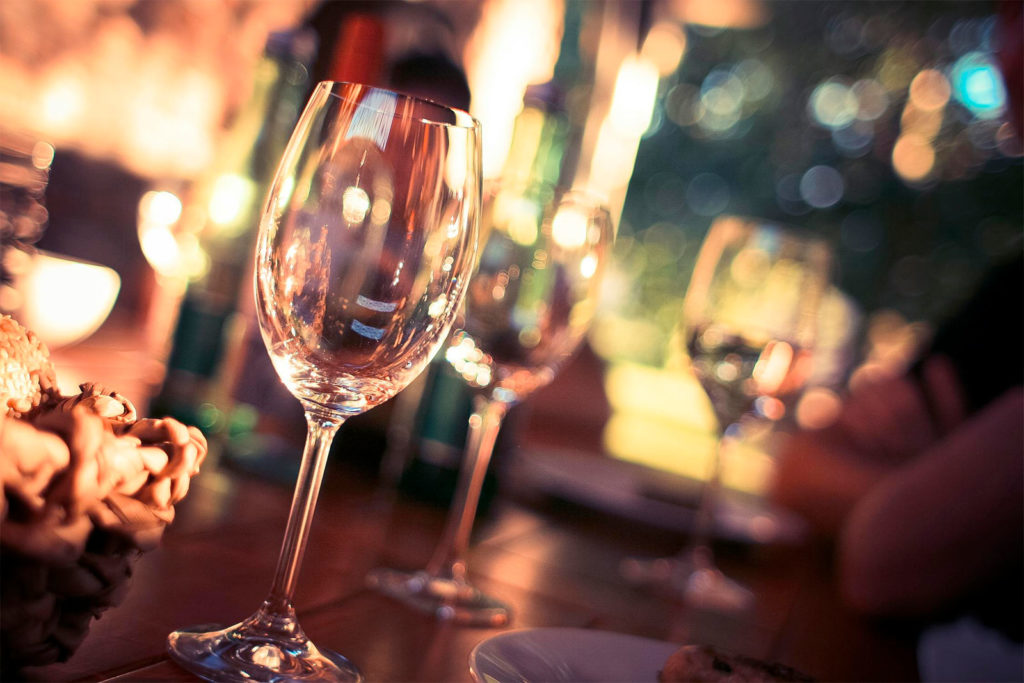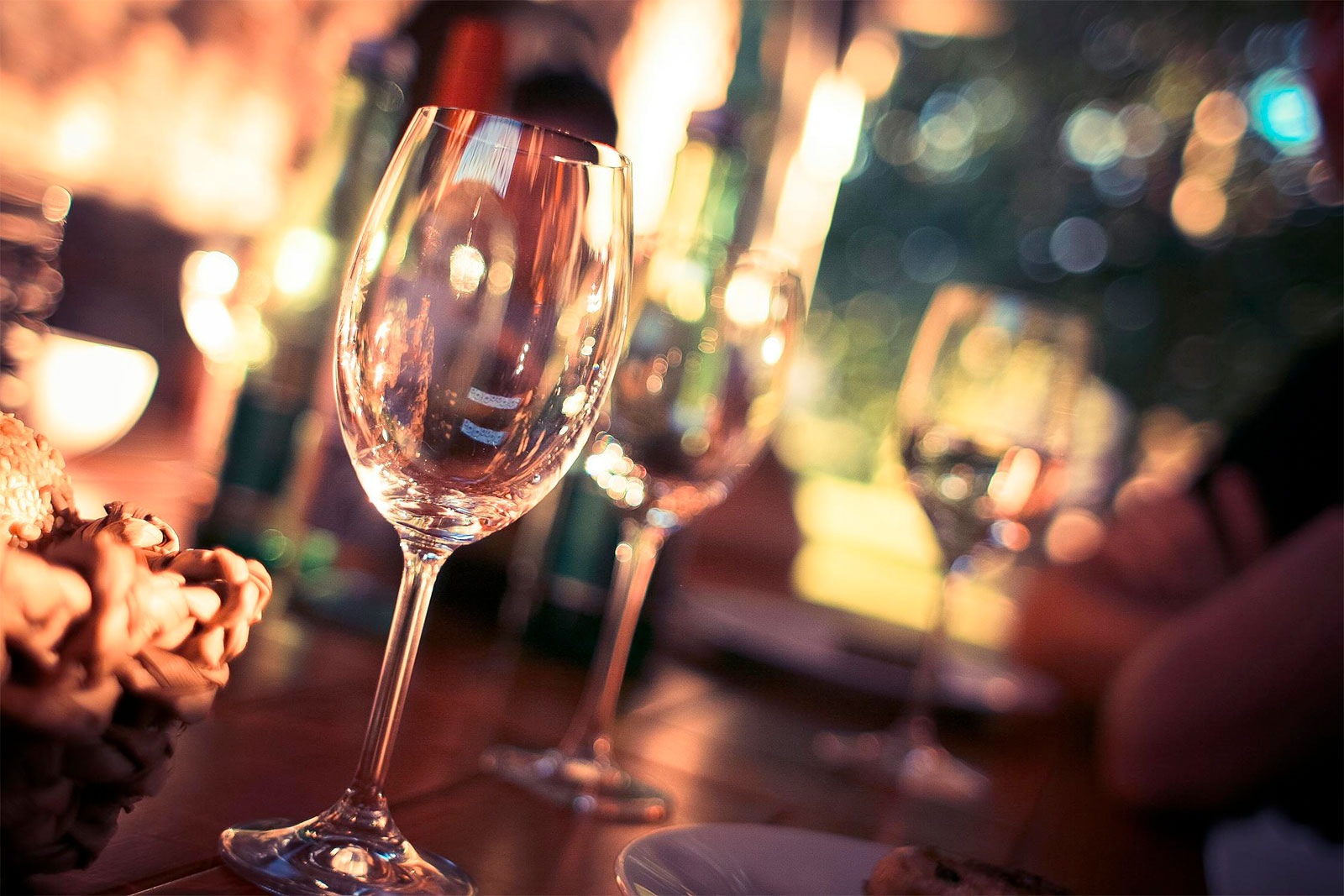Locals in France avoid touristy restaurants with precise habits. Learn how they pick a real French restaurant based on food, price, and service.
How French locals decide if a restaurant is ‘really good’ or just touristy
Eating out in France is part of daily life. Most French locals eat in restaurants regularly, whether during lunch breaks or for family meals. They also avoid what they call “attrape-touristes” — tourist traps. These are places that look traditional but are designed to attract visitors, not returning local customers. Understanding how locals judge a French restaurant helps avoid touristy restaurants and experience real French food.

Understanding the mindset of French locals
Regular dining habits and price expectations
The average French person eats in a restaurant 5.4 times per month (INSEE, 2023). They often seek formule du midi — a fixed-price lunch menu between €14 and €20 (£12–17 / $15–22), served on weekdays. If a restaurant offers only à la carte options or high prices without justification, locals tend to avoid it.
They also expect clear prices displayed outside the restaurant, as required by French law. When prices are not visible, it raises suspicion. Locals also compare prices to the quartier: in tourist zones like Saint-Germain-des-Prés or near the Eiffel Tower, prices can be inflated without matching quality.
Visual and menu indicators of a touristy restaurant
Language and translation choices
Locals avoid restaurants where the menu includes flag icons, excessive English translations, or dishes labeled with words like “authentic” or “famous”. These are usually signs the food is adjusted for non-French tastes. In contrast, local-oriented places may include a French-only menu or a single page in English upon request.
Menus with photos of dishes are also seen as a negative sign. Real French cuisine does not rely on pictures to sell plates. Locals associate that with low-quality pre-prepared meals.
Quantity of dishes on the menu
Restaurants offering more than 10 main dishes or including dishes from different regional cuisines (like cassoulet, tartiflette, bouillabaisse on the same menu) are often avoided. French locals prefer short menus, updated with seasonal products, indicating the food is cooked on-site.
Key service clues that matter to locals
Opening hours and weekly closing
Touristy restaurants tend to stay open 7 days a week, all day long, which is rare in France. Most local-focused places close one or two days per week, often on Sunday or Monday, and do not serve food between 14:00 and 19:00.
When a place is open non-stop, locals assume the food is reheated or mass-prepared. They favour restaurants that close after lunch and prepare meals for the evening separately.
Staff behaviour and interaction
French locals expect professional, discreet service, not excessive friendliness. Waiters who try to “sell” dishes or stand at the street inviting passersby are usually a sign of a touristy restaurant.
At real French restaurants, servers give time to read the menu and avoid pushing certain items. They may also ask if the guest wants water or wine, not both, which is a common local habit.
Locations and reservations: signs of local popularity
Location and visible clientele
Restaurants next to landmarks like Notre-Dame, the Louvre, or in Montmartre are often filled with tourists. Locals generally eat further away, often in residential arrondissements like the 11th, 12th, 14th, or 20th in Paris.
If a terrace is full of people speaking English or if guests are taking photos of every dish, it’s usually not a local’s place. Real French food establishments rely on repeat local customers, not visitors.
The reservation habit
Locals almost always book a table, even for weekday lunch. A restaurant with availability at peak time without reservation is sometimes a bad sign. The French also use apps like La Fourchette (The Fork) or Michelin Guide to check ratings and book online.

What locals value most in a French restaurant
Cooking method and product origin
Many French diners check if dishes are fait maison (home-made). Restaurants can display a government label for this, which guarantees the meal is prepared on-site from raw ingredients. According to DGCCRF (2022), about 60% of restaurants claim “fait maison”, but only 25% are inspected.
Labels like “produits locaux” or “viande française” also matter. Locals prefer meat and vegetables from French suppliers. Industrial food or generic frozen meals often signal a touristy restaurant.
Dessert and wine choices
In a quality French restaurant, dessert options are limited and often include seasonal fruit tarts, mousse au chocolat, or île flottante. When the dessert menu lists generic items like “cheesecake” or “chocolate cake,” it can suggest industrial sourcing.
For wine, French locals rarely order by the bottle unless in groups. Instead, they choose “un verre” (a glass) or “un pichet” (a 25 cl or 50 cl carafe — equivalent to 8.5 oz or 17 oz). Wine by the glass or house wine is usually from local producers and aligns with everyday dining culture.
Examples of trusted restaurants and common traps
In Paris, Bistrot Paul Bert in the 11th is popular with locals for its fixed lunch menu, classic steak-frites, and limited wine list. The dishes are prepared fresh, and the service follows traditional codes.
In contrast, restaurants like Le Consulat in Montmartre attract mostly tourists. With a high turnover and all-day service, the food is often pre-made, and prices are 20% higher than in nearby streets.
In Lyon, Café des Fédérations serves bouchon-style meals appreciated by locals, with pig-based dishes and set menus around €25 (£21 / $27). Touristy bouchons in Vieux Lyon may use the same names but serve industrial food on plastic checkered tablecloths.
Food habits over appearances
French locals use a combination of habits to spot good food. They value price coherence, short menus, discreet service, and local sourcing. A real French restaurant is not defined by decor or signs, but by how it fits local life and daily food expectations. Avoiding a touristy restaurant in France means observing these patterns and choosing places where locals eat without hesitation.
Cook in France is your gateway to French cuisine and gastronomy in France. Get in touch for your next cooking workshop.
